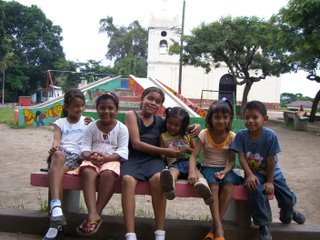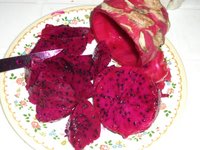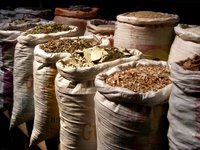
Hello and welcome to our blog. We hope to add to this often so that we can keep you all updated with our lives as Peace Corps Volunteers in Nicaragua. We are both Environmental Education (EE) volunteers, so we will be working with teachers, trying to help them infuse environmental ed. into their classes. We will also be involved in various other projects, but we’ll have to wait and see what those will be.
Right now (early October) we are in training. Training varies depending on your language ability, so Brenna and I are having completely (almost) different experiences. Since she was practically fluent in Spanish before coming here, she had only 2 weeks of language class and I think it was pretty informal. I, on the other hand, could put together maybe one or two sentences at a time that consisted of no more than 5 words.
It is amazing how organized it is. There are three different sectors in our training class: EE, Agriculture, and English (TEFL). We were first split up by sector, and then by language ability. So all of the Ag volunteers are training in one part of the country, all of the TEFL in another part of the country… Then, in each sector, we are further grouped according to our Spanish ability. So I live (during training) in a town with 2 other EE trainees who spoke almost no Spanish before this. Near our town, all of the other EE trainees live in 4 separate towns with people of similar abilities. We get together with all of the other EE trainees every Friday and have meetings and classes all day, and also in the afternoons on Wednesdays. All day Monday, Tuesday, Thursday and half a day on Wednesday, I am in Spanish class.
Class is non-formal. There are 3 of us and most days we have 2 teachers. The focus is really on us being able to communicate and interact with the community. We spend the vast majority of class speaking. We also walk around town and practice talking to different people. A huge chunk of our learning comes from just talking to our families, since they obviously don’t speak English. I really am amazed that I’ve only been here for 5 weeks and I’m already able to carry on conversations and do things I didn’t think I’d be able to do with my language ability. It’s really exciting.
Another aspect of training is the technical side: teaching and doing environmental activities. We have spent a bit of time observing in elementary schools, and I even taught a 45 minute lesson in a 3rd grade class! After only 4 weeks of Spanish class!! The people who were already fluent have taught more than that, but they don’t have the whole language obstacle to overcome. We (the other trainees in my town and me) have also formed a group of 6th grades with whom we have built a vivero (tree nursery). It is quite small; we planted 50ish seeds and about half are growing. It is mostly just for practice, but we hope to have the kids transplant the trees elsewhere after we leave our training town and go to our permanent sites.
Speaking of our permanent site, we will find out in about 2 weeks I think. I am not allowed to say here specifically where we will be ( it’s a Peace Corps policy to protect our safety), but if you want to come visit or are just wondering, we’ll let you know some other way where it is we will be living. Right now during training, we are living in the Department (like a state) of Corazo, which is in between the big lake and the Pacific Ocean. No, we haven’t been to the beach yet, but we plan to soon.
I’m running out of time, but I think we’ll be able to update this more frequently in the future. Be sure to e-mail us if you have any specific questions.
The picture above is of some kids in the park in my town. I'll try to add more later, but it takes a while.
















